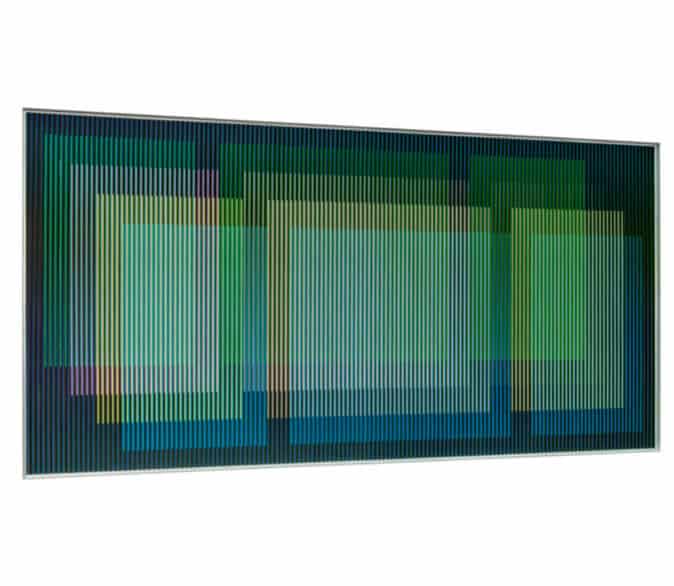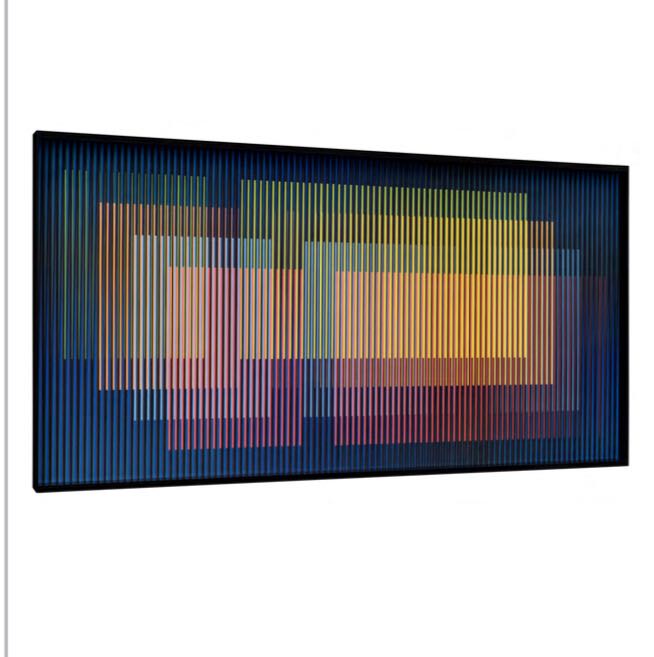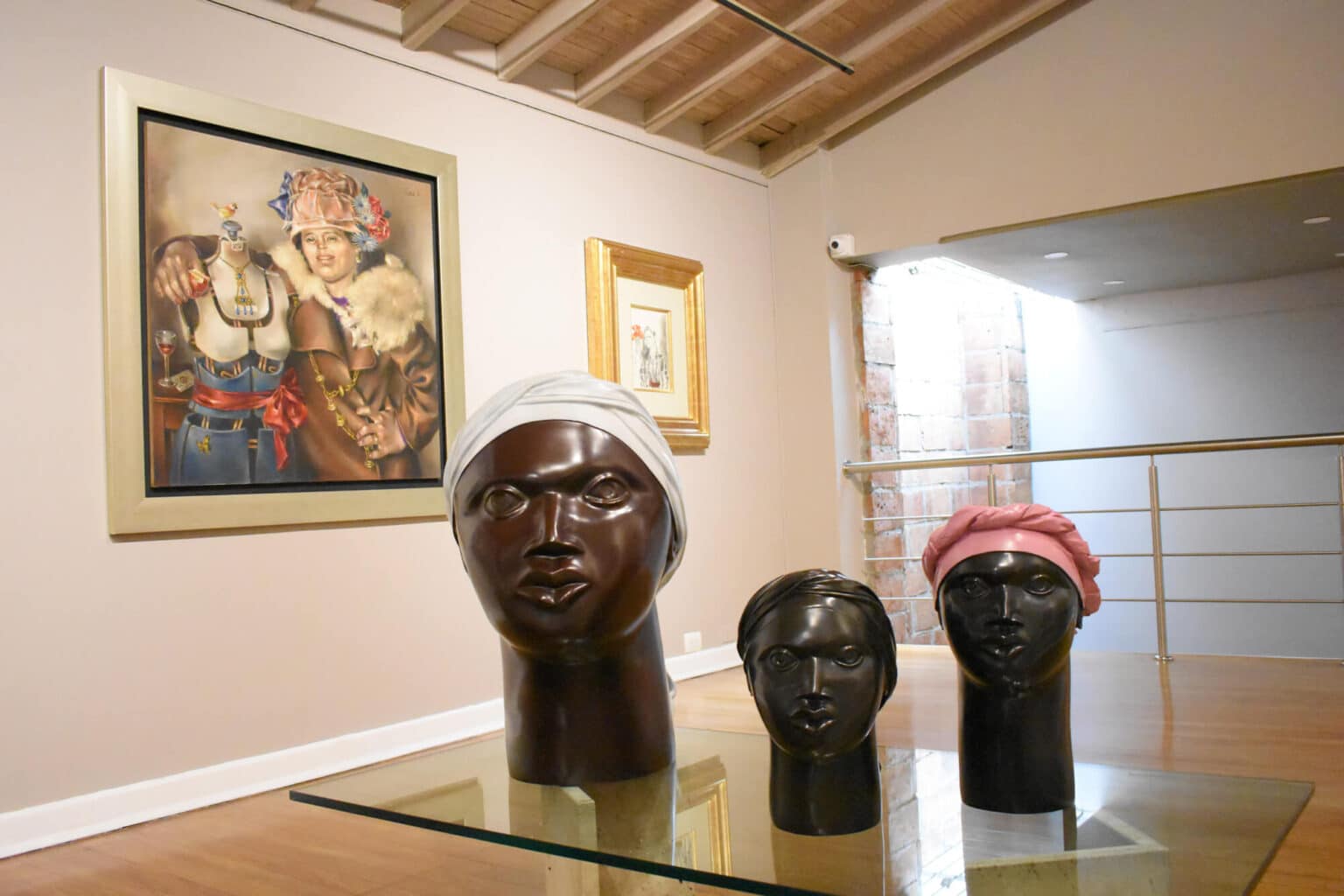

Chromography on Aluminum
60 x 120 cm
23 5/8 x 47 1/4 in

Chromography on aluminum
80 x 160 cm
Carlos Cruz-Diez, is one of the world’s leading representatives of op art (optical art). He was born in Caracas, Venezuela, on August 17, 1923, although he has lived and worked in Paris since 1960. His research has brought to art a new form of knowledge about the phenomenon of color, considerably broadening its perceptive universe.
He is president of the Fundación del Museo de la Estampa y del Diseño Carlos Cruz-Diez in Caracas and a member of the Order of Andrés Bello (OAB). In 2005 his family created the Cruz-Diez Foundation dedicated to the conservation, development, dissemination and research of his artistic and conceptual legacy.
Cruz-Diez proposes to conceive color as an autonomous reality that develops in time and in real space without the aid of form or the need for support. His work encompasses eight investigations: Couleur Additive, Physichromie, Induction Chromatique, Chromointerférence, Transchromie, Chromosaturation, Chromoscope and Couleur dans l’espace.
“Through my chromatic trajectory I try to evidence color as an ephemeral situation, as an autonomous reality in continuous mutation. It is a reality because the events take place in space and in real time. Without past or future, in a perpetual present. It is autonomous because its evidencing does not depend on the form or the anecdotal, not even on the support.” Carlos Cruz-Diez.



Social number: (504)3524065
Physical address: Cr 37 #10a-34
Contact e-mail: [email protected]
Mailing of judicial notifications: [email protected]
© Galería Duque Arango, All rights reserved.